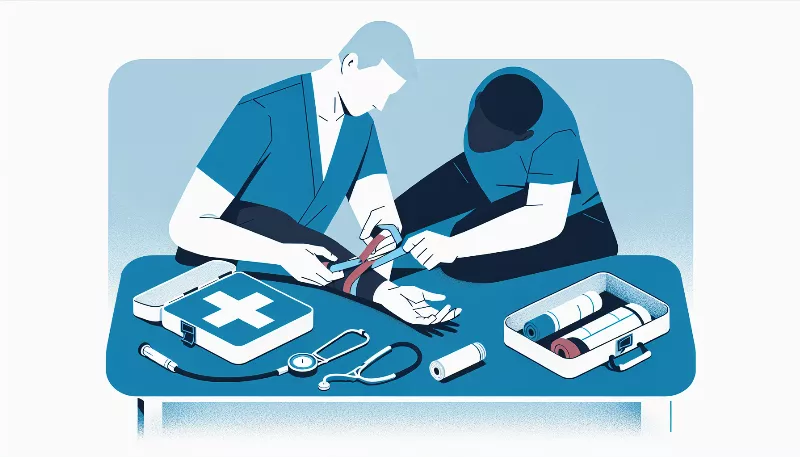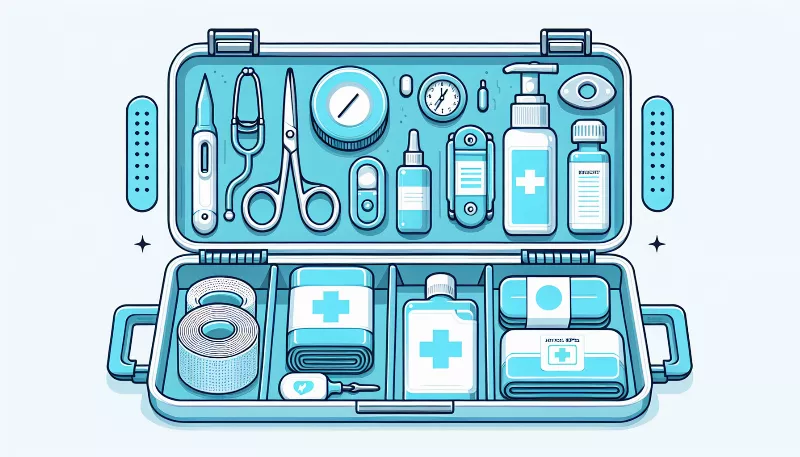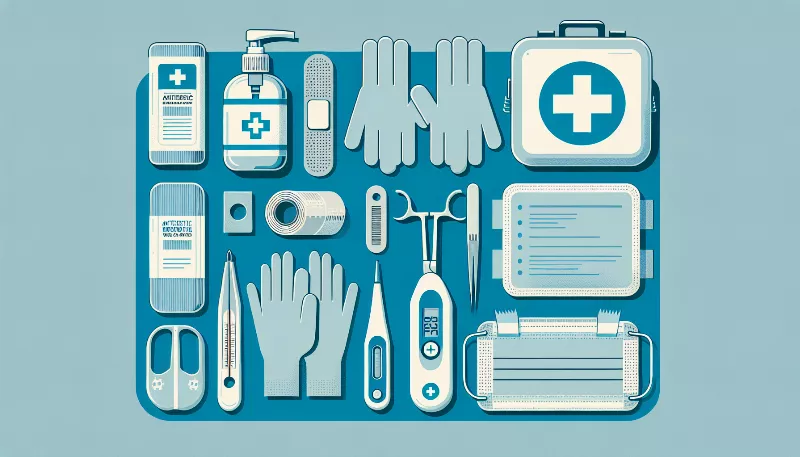What are the must-know techniques for using a tourniquet from a medical kit?
Master life-saving skills with our guide on essential tourniquet techniques. Learn to stop bleeding fast and effectively with your medical kit!

Introduction to Tourniquet Use
When it comes to emergency situations, knowing how to properly use a tourniquet can be a game-changer. A tourniquet is a device that applies pressure to a limb or extremity in order to limit – but not stop – the flow of blood. This can be crucial in preventing excessive blood loss from injuries. Let's dive into the must-know techniques for using a tourniquet effectively and safely.
Choosing the Right Tourniquet
Before we get into the nitty-gritty of application, it's essential to select the right tourniquet. There are various types available, including windlass, elastic, and mechanical advantage tourniquets. Each type has its own advantages, but the most commonly recommended for ease of use and reliability is the windlass tourniquet. Make sure your medical kit is equipped with a high-quality, commercially made tourniquet that has been proven effective in the field.
Preparation is Key
Time is of the essence when applying a tourniquet. Familiarize yourself with its components and practice its application regularly. Ensure that the tourniquet is readily accessible in your medical kit and not entangled with other items. In an emergency, you'll want to deploy it quickly without any delays.
Application Technique
When you're faced with a situation that requires a tourniquet, follow these steps:
- Identify the Injury: Quickly assess the injury site. A tourniquet is most effective on limbs and should be used when there is severe bleeding that cannot be controlled by direct pressure.
- Placement: Apply the tourniquet 2-3 inches above the injury site, but not over a joint. If the wound is near a joint, move the tourniquet higher up the limb.
- Securing the Tourniquet: Follow the instructions specific to your tourniquet type. For a windlass model, pull the free end of the strap to tighten it around the limb and then twist the windlass rod until the bleeding stops. Secure the rod in place once the bleeding is controlled.
- Time Stamp: Note the time of application. This is critical information for medical personnel when providing further treatment.
Remember, the goal is to apply the tourniquet as tightly as necessary to stop life-threatening bleeding. It may cause pain, but saving the victim's life is the priority.
Monitoring and Aftercare
Once the tourniquet is in place, continue to monitor the injury. If bleeding does not stop, consider applying a second tourniquet closer to the torso and above the first one. Never remove a tourniquet once it's been applied; this should only be done by a medical professional in a controlled setting.
Training and Practice
While understanding these techniques is crucial, nothing beats hands-on training. Attend a first aid course that includes tourniquet training, and practice regularly to maintain your skills. The more comfortable you are with the process, the more effective you'll be in an actual emergency.
Conclusion
Using a tourniquet can be intimidating, but it's a vital skill that can save lives. By choosing the right tourniquet, preparing adequately, and mastering the application technique, you'll be ready to act confidently and effectively when the need arises. Remember, practice makes perfect, and your preparedness could make all the difference in an emergency situation. Embrace the challenge, and become a lifesaving hero!










